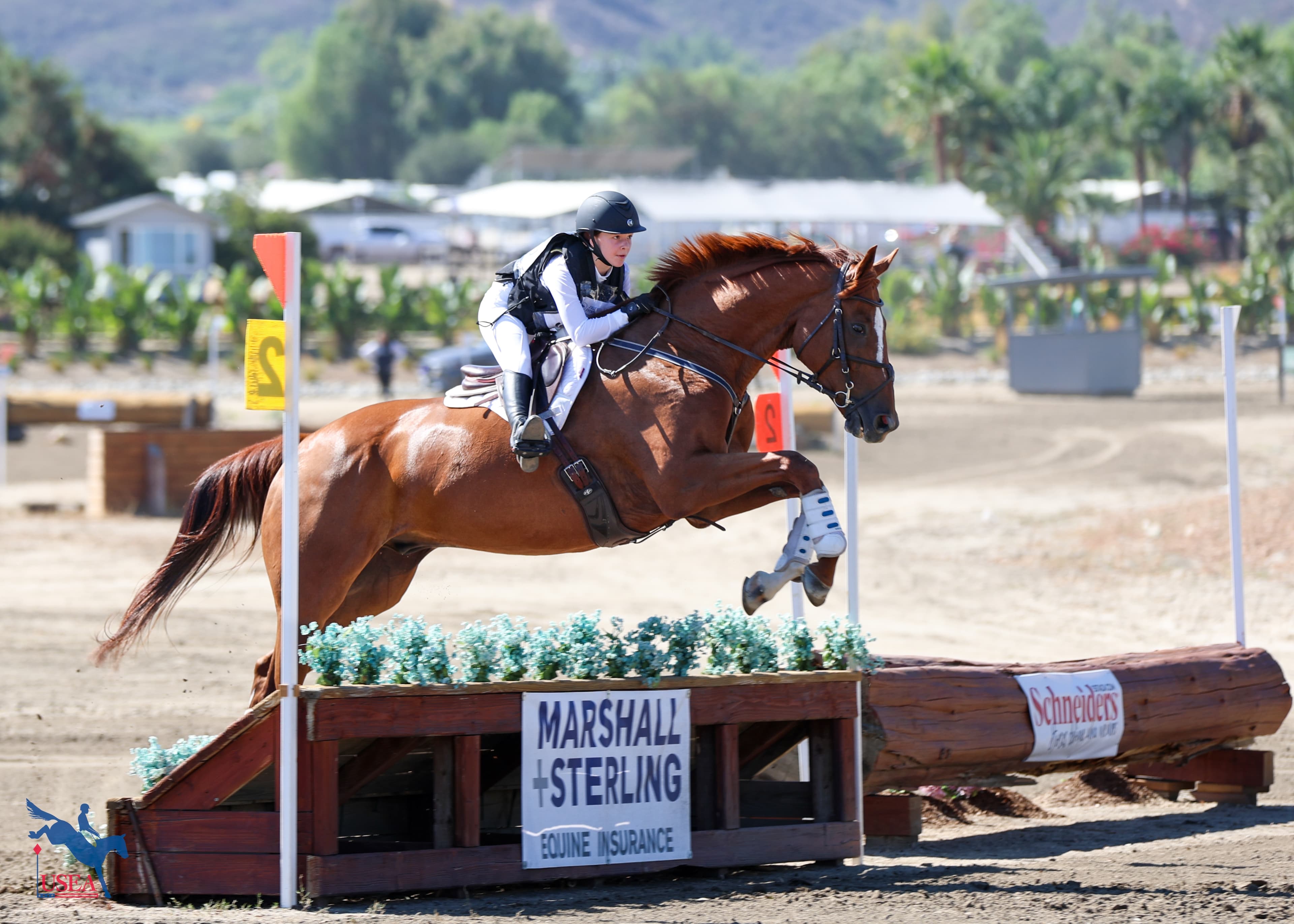Why Not Both? The Complementary Roles Played by Recognized and Schooling Competitions
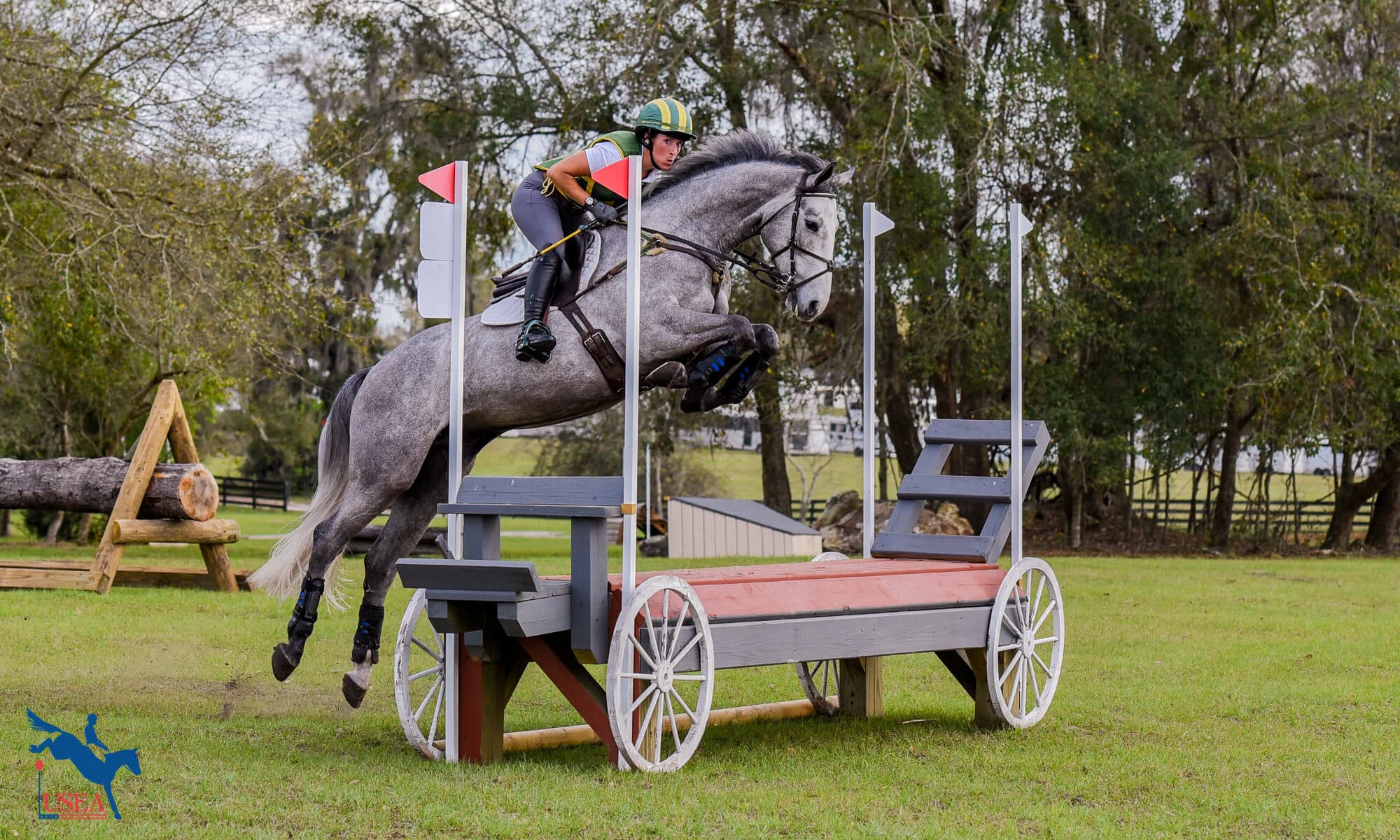
I left the dressage arena laughing. My horse had just done his very best screaming giraffe impression to earn himself a less-than-sufficient 47 percent. I could have been upset, but I’d have a chance to try again later in the day. That’s the beauty of schooling shows, after all.
As we wandered around the show grounds, giving my horse a chance to settle before our next test, I watched competitors of all ages and experience levels take their turn in the various rings. Some were riding dressage in a standard arena, others tackled a combined test, some were just jumping for fun – most of them would have customized their competition day to fit the experience they were seeking.
Some, however, were not having a good day. One poor gal hit the deck in warm-up three times that I witnessed. I found myself glancing around, looking for a Technical Delegate, but there wasn’t one at this unrecognized event. Later, a senior rider fell off when her horse spooked. It looked worse than it was, but she had to wait a while for the medics to arrive, as there appeared to be none stationed on site.
Thankfully my horse chilled out and was more focused for our second test. I was so pleased we had an educational and ultimately successful day, plus I had a good story to tell (who doesn’t love the visual of a screaming giraffe doing dressage?). Now I had to decide if our next outing would be to another schooling show or did I feel prepared enough for a recognized competition?
A recognized competition is one that is sanctioned by the United States Eventing Association (USEA) and/or the US Equestrian Federation (USEF) and is, therefore, run under specific rules and regulations. An unrecognized or “schooling” competition is not officially licensed by the national governing bodies. A competitor or organizer may choose to pursue unrecognized or recognized competitions for different reasons. There are pros and cons to each, but both competition formats play an important role in the competitive world.
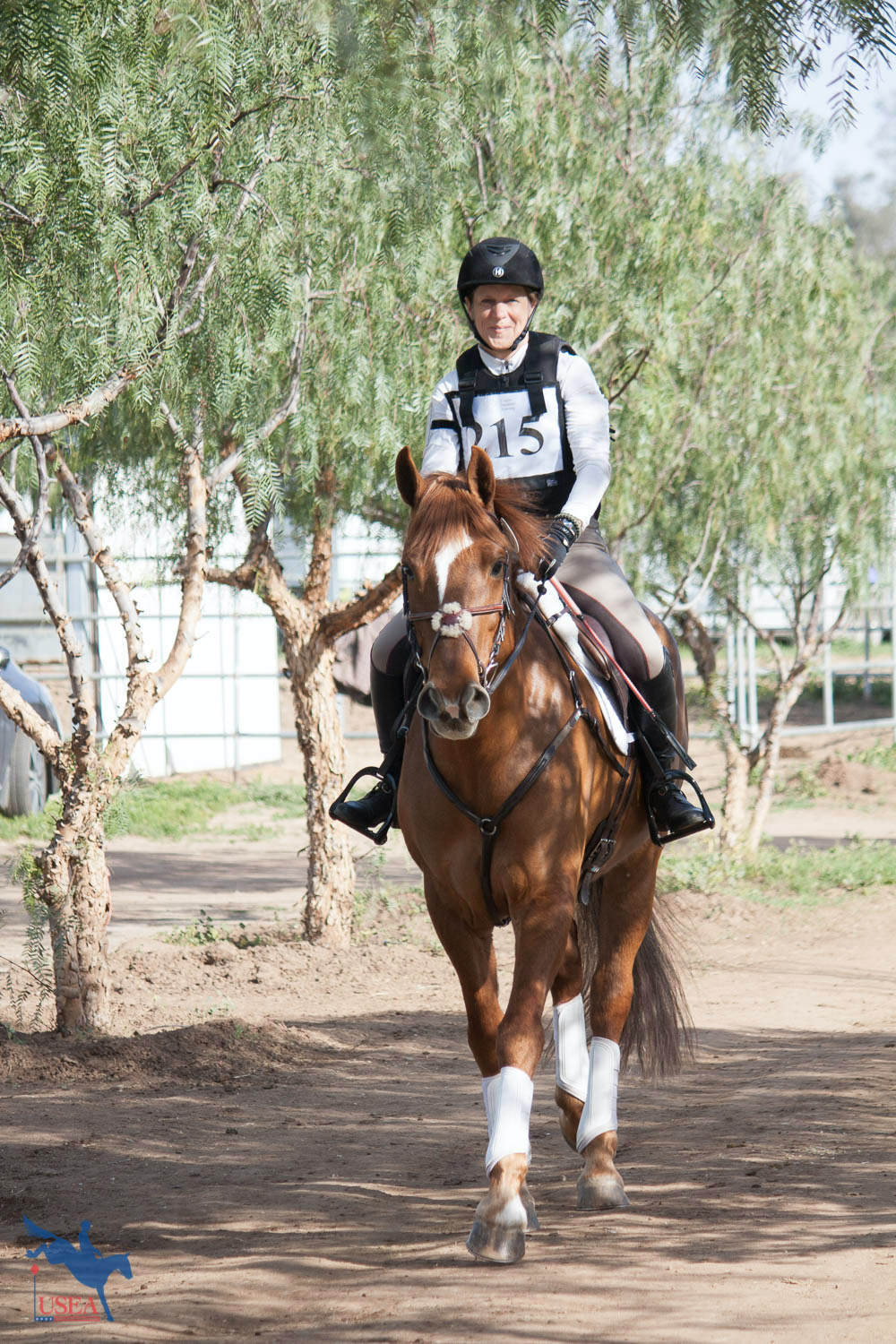
Cost Analysis
The biggest difference typically associated with organizing or competing in a schooling show versus a recognized competition is cost. My day at a local schooling show cost less than $100. Had it been a recognized event, I would have paid around $200 for the entry, plus stabling, travel, and that first disastrous test would have gone on our permanent record. Until we are consistently nailing the dressage test on the first try, I could choose to enter multiple schooling shows for the cost of one recognized event.
The cost difference extends to the organizer as well. Taren Hoffos is the organizer at Copper Meadows in Ramona, California, which hosted its first recognized event in 2000. Unrecognized events were later added to the schedule, and Copper Meadows now offers an unrecognized series known as the Sun Series whose year-end awards Hoffos describes as “one of the most rewarding things that I do at Copper Meadows.”
“The addition of the unrecognized events came from a recognition of the need for a schooling type series in Southern California that would serve riders as a less expensive option to showing on the recognized circuit, as well as a way to gain experience at a well-built, well-run facility,” Hoffos said.
Their schooling shows bring in around 50 horses versus 250 at the recognized events, so the facility and vendor needs are less, leading to significant savings.
“We can run the entire one-day Sun Series unrecognized show for about what it takes to hire one official for the recognized events,” Hoffos said. “Unrecognized events are run almost solely by volunteers, making them a huge part of our annual calendar. Running these events keeps Copper Meadows going each month, helping us buy hay for the boarded horses, and make improvements to the farm that benefit both the unrecognized and the recognized events.”
On the opposite coast, at Hillcrest Farm in Mocksville, North Carolina, owner Janet Cagle happily runs several one-day schooling horse trials each year with no plans to go recognized. Cagle first started holding clinics, combined tests, and dressage shows in the 1990s to help her pay for her eventing career. Unrecognized horse trials were added to the schedule in the early 2000s, and each of them today welcomes 45-65 entries at the Training, Novice, Beginner Novice, Maiden, and Green Bean levels. Cagle noted that she had considered adding Preliminary level but always got hung up on the cost.
“Before we sold some of the acreage and I was still competing, I knew this property was spacious enough to include a Preliminary course,” Cagle said. “I thought about it often, but I knew it would entail too much money to include that level. I knew it would have to be USEA recognized. That would demand lots of organizing, [travel, lodging, and fees for officials], [USEA] association fees, office fees, advertising fees, etc. While the prestige of being recognized by the national Eventing Association would be so exciting, we feel the unrecognized shows are our niche.”
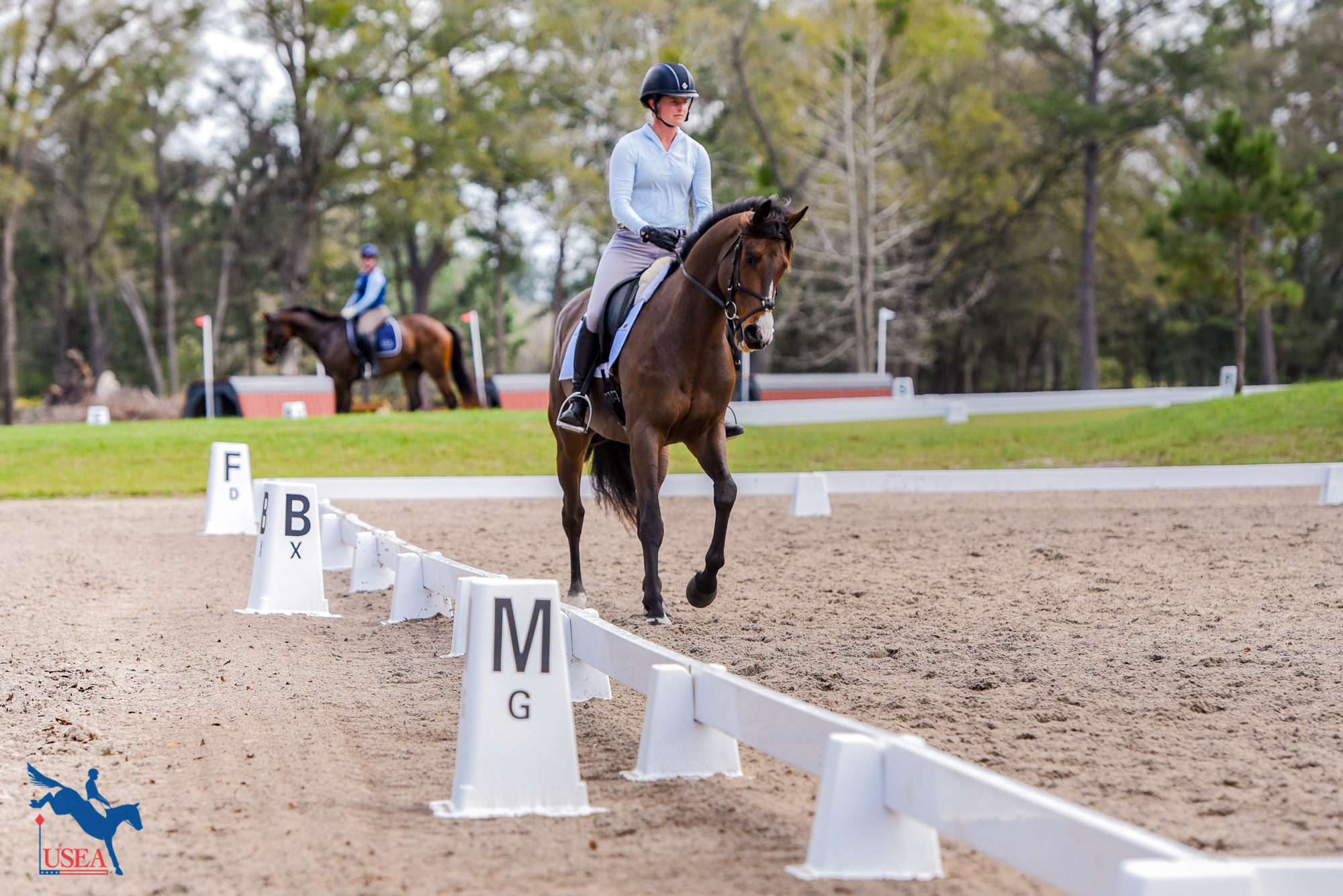
Rules and Safety Requirements
Being that the recognized competitions run under strict rules and regulations put forth by the USEF, a competitor can expect greater consistency in the standard of competition at every horse trials they attend. For instance, the jumps must be a certain height and width, the courses must be a certain distance, and reports are returned to the Federation to ensure the events are in compliance.
In addition, the officials used for judging must be licensed by the Federation and only a licensed course designer can layout the cross-country course. As Cagle and Hoffos indicated, this increases the cost for the organizers which trickles down to the riders. However, with that comes certain securities like requirements for medical personnel, plus liability coverage for the event and its officials through the governing bodies.
Hoffos noted, however, “Safety is always our first priority, and we do not skimp when it comes to medical coverage at our [schooling] events.” Likewise, Cagle’s EMT has been coming to Hillcrest for 15 years and is on grounds during all their events. He knows the property well, including access points for transportation, and personally tours all changes to the course.
None of this is to say that unrecognized venues do not offer the same standards of competition and safety as their recognized counterparts. In fact, many venues offer both recognized and unrecognized events in the same arenas and over the same courses. The difference is the possible variations that occur due to unrecognized events having more freedom of flexibility in how they run their shows, which could, in some cases, lead to problems.
“Hosting the recognized competitions definitely informs our unrecognized shows. There is a need for schooling events for horses and riders, but it is also important to host these events at a facility that runs recognized events,” Hoffos argued. “This ensures that riders will be competing at a licensed facility, over courses designed by professionals, run by management that knows how to host events.”
Given their experience and the success of the Hillcrest competitions, Cagle doesn’t think this concept can be so broadly applied. “Maybe the best way to figure if a facility is a good one is by the return of competitors year after year. In this time of so many social media outlets, word of mouth seems to be a good way for riders to make their decision as to enter or not,” she said, adding that “organizers are always ready to talk about their courses and welcome any contact.”
Joanne Morse, V.P. of Eventing at the Georgia Dressage and Combined Training Association (GDCTA) believes the quality of competition between recognized and schooling is comparable.
“We’re seeing a lot more of the higher quality judges,” Morse said. “It did used to be the ‘schooling show the judge will be kind.’ We’re not seeing the sugar coating anymore. Maybe for the amoeba riders, but at the same time, they’re giving them good feedback and still a very positive experience.”
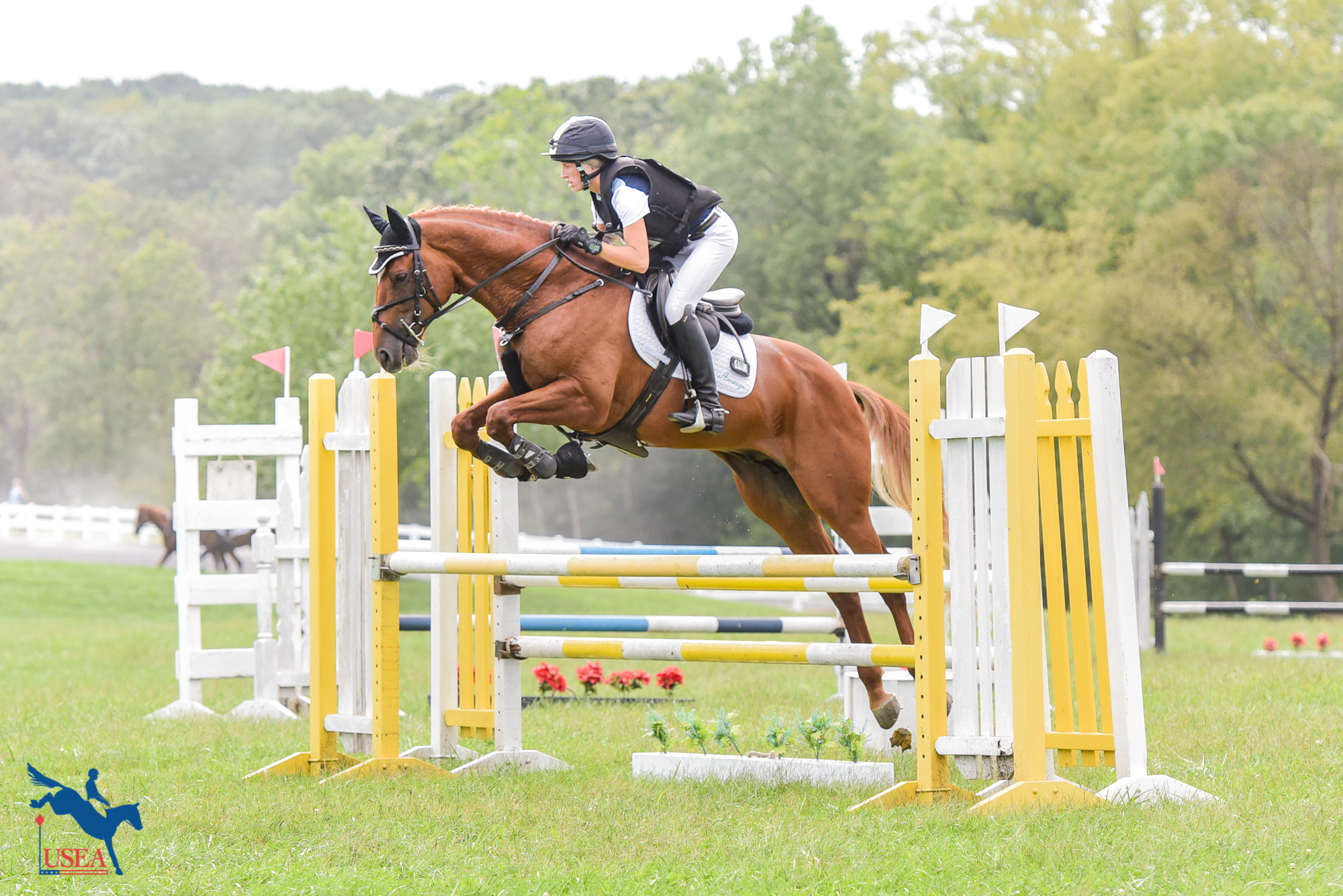
Perks, Prizes, and Leaderboards
Recognized events have a lot of extra perks for competitors and owners, like a VIP tent, prizes, and leaderboard points. And what about the USEA American Eventing Championships presented by Nutrena Feeds (AEC)? You can’t qualify for the AEC at unrecognized events.
Many schooling shows treat their valued guests very well and give out pretty great prizes as well. And while a schooling show might not qualify you for national year-end awards or a ticket to the prestigious AEC, the schooling show community is a vibrant one with many opportunities for participants to further their education and be rewarded for their hard work.
The GDCTA has over 700 members. Their number one mission is education, which is why a big part of their platform is offering clinics and symposiums at reduced rates for members. In addition, they run a “robust” awards program where points can be earned at both nationally recognized and GDCTA recognized shows. In fact, the Junior Novice Champion trophy I won at the GDCTA awards banquet in 2005 remains one of my most precious possessions. I can see it displayed on the shelf as I type this article.
“Last year we had just under 500 people attend our gala. We award schooling show eventing and recognized eventing. All recognized scores come from horse trials. Schooling show eventing scores come from any schooling show that is GDCTA recognized,” Morse explained.
“We make a big fuss over them. For the kids, that’s their goal. They want their scores tracked, they come at end of year, get dressed up, have a nice meal, get a beautiful ribbon and/or trophy. We put all the results and pictures in a yearbook. It’s definitely an incentive and taken very seriously by the majority of the members. This is big business to them. They like that they get the same prestigious award from us whether it’s schooling or recognized."
“We want to acknowledge achievements of both equally”, Morse continued. “It’s an expensive sport before you even add showing in. When you add showing it’s not realistic for everyone to do rated shows. They want to go to schooling shows where expenses are more realistic, and they often get the same course designer, the same fences, the same challenge, and the same quality.”
General member organizations (GMO) like GDCTA can be found all over the country and are opening the door to competitive equestrian sport for members of all ages and experience. “Stepping into a sport can be intimidating. We feel like we can bridge the gap a little bit,” Morse said.
A GMO offers numerous benefits for the show organizer as well. Cagle recognizes the Hillcrest Farm schooling horse trials through the North Carolina Dressage and Combined Training Association (NDCTA).
“I was Event Chair for a few years and the NCDTA was instrumental in helping me with course designing by sending me to the USEA Annual Meetings many times. I was able to go to seminars and meet with most of the top course designers and builders in the U.S. at those times and learned so much!” Cagle said.
“One of the biggest benefits of being a member and recognizing our shows is the advertisement ability to promote the dates of our shows and add the entry form in their newsletter. Also, many riders competing like to have their scores tallied up for Horse of the Year awards presented by the Association.”
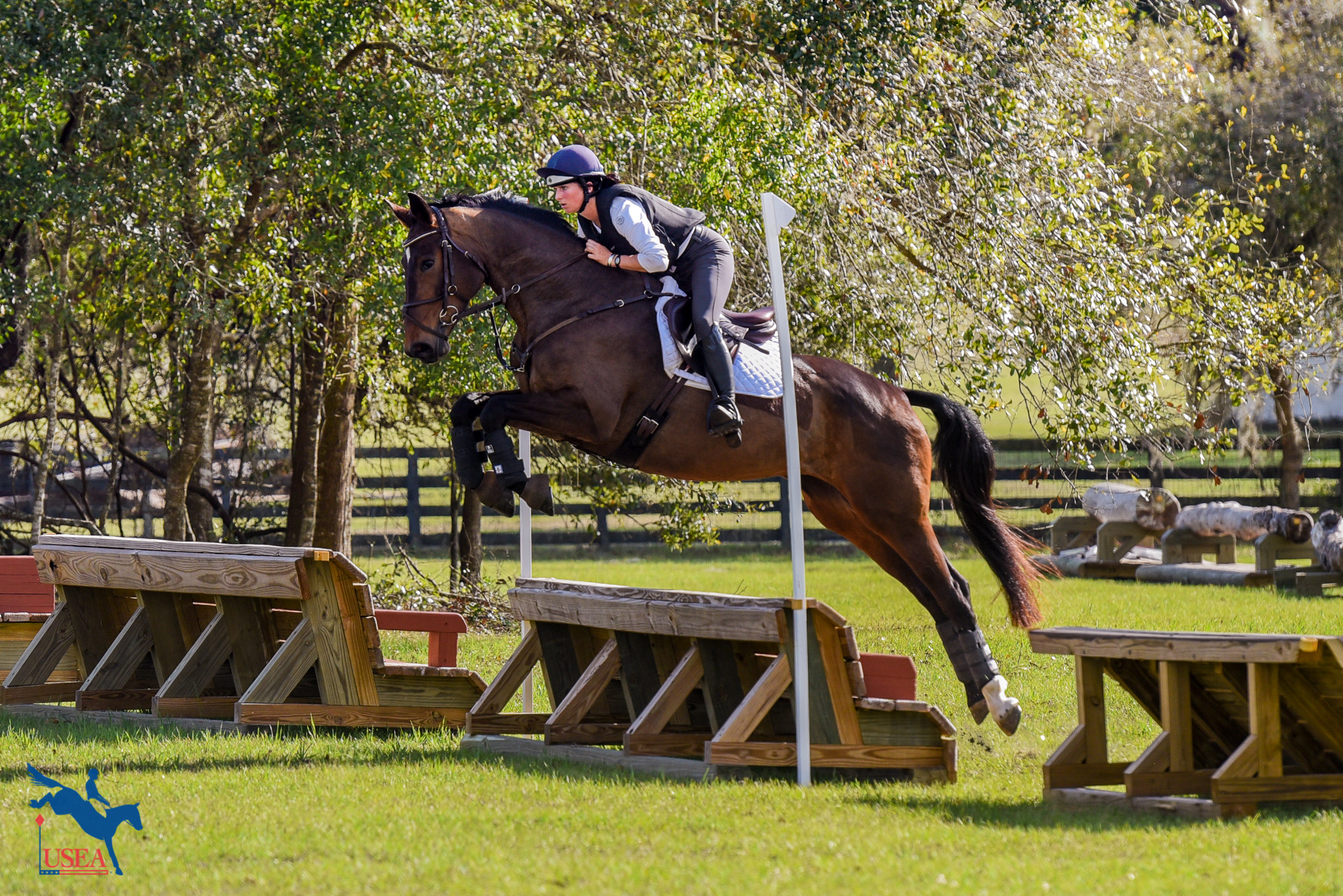
Stress Levels
For me, schooling shows are inherently less stressful than a recognized event. I’m risking less money, the atmosphere is generally more relaxed, and the whole point for me is to enjoy a fun and educational day. I’m not out there chasing points and qualifications. When it comes to stress, organizers can relate.
“The recognized events are 100 percent more stressful than the Sun Series, due in large part to the scale of the show,” Hoffos said. “The planning and implementation of the 'big' shows is a months-long process, while the Sun Series can be organized in a week or so. We have a unique format for our Sun Series show, running all the jumping phases open gate, so the stress of assigning ride times is not an issue – which cuts way down on stress levels!”
Reduced stress on the organizer converts to a relaxed feeling for competitors, too. “Younger and less experienced riders have the chance to gain invaluable show miles in a low-stress atmosphere at a top-notch event,” Hoffos added.
For Cagle, the much-loved events at Hillcrest Farm serve the equestrian community in a way that makes her proud, in large part because it brings joy to so many competitors.
“It is such a thrill to me personally to see a rider with a new horse or a green horse or an older horse who needs a refresher to ‘enjoy the game’ before the recognized shows – so many of them seem to have the goal of a good outing without constraints of who they are competing against or must have a winning score to have a credible competition. That is such a very good feeling to be a part of!”
Now, let’s say you’re experienced at schooling shows but you’re not quite ready to commit to the nationally recognized levels. Entering a USEA registered test division might be the next best step. Oftentimes, organizers will offer a USEA test division, such as a combined test or New Event Horse class, during a recognized horse trials. Through these opportunities, horse and rider can experience all the atmosphere of a USEA/USEF sanctioned horse trials without the pressure of a recognized three-phase division.
USEA registered tests can also be offered as standalone competitions and may include a host of different phase combinations, such as a cross-country derby, dressage fix-a-test, or full three-phase competition. The benefit to the organizer for offering standalone USEA test events is that the activity will be listed on the USEA website and covered by insurance offered to USEA registered educational activities.
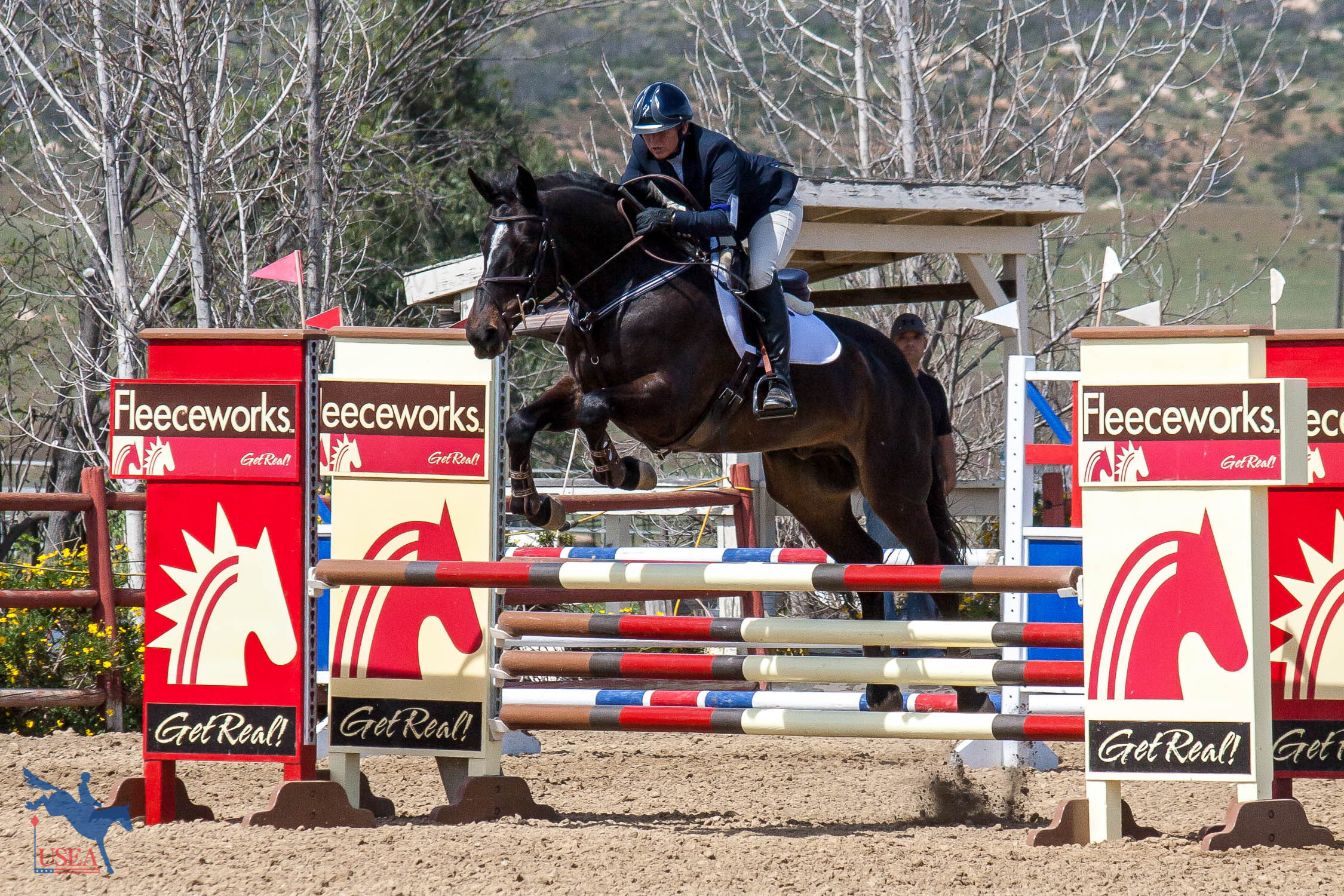
Why Not Both?
Recognized or unrecognized? They both have a place in the eventing world. More clearly, the two formats complement each other.
“I think the majority of the riders who attend the unrecognized events also compete in recognized horse trials – not just ours, but horse trials throughout the state and country,” Hoffos said. “The Sun Series offers riders a chance to not only school green and/or young horses, but also affords riders the opportunity to school at our facility in preparation for our recognized events.”
Honestly, there is nothing stopping competitors and organizers from enjoying both types of competition, depending on a multitude of factors including but not limited to personal goals, the education of your horse, the needs of your students, the echo in your wallet, available number of vacation days, or supply of anxiety. Just do what’s right for you!
“People need to realize that there are different situations more appropriate for different people,” Morse said. “Just because someone is doing one and not the other is not a bad thing. I see riders at schooling shows that do beautifully and would do well on the recognized circuit but they don’t have the desire to do it, or the parents don’t have the means. Some people just never want to go to the national events. That’s okay. There is nothing wrong with that. It’s okay if you just want to do schooling shows. It’s okay if you just want to do recognized shows. Each has its own benefits. And at the end of the day, it’s all about having fun.”
As for me? Well, I keep up appearances on both the recognized and unrecognized scenes. I am a USEF Licensed Official so I’m often working at recognized events. As a rider, however, I’m happy cruising around the local schooling circuit, improving my dressage scores one test at a time, and trying to get a handle on my nerves in the jumping arena. Right now, that’s what my schedule and finances allow, but when the time is right, I might get brave and send in a recognized entry.

